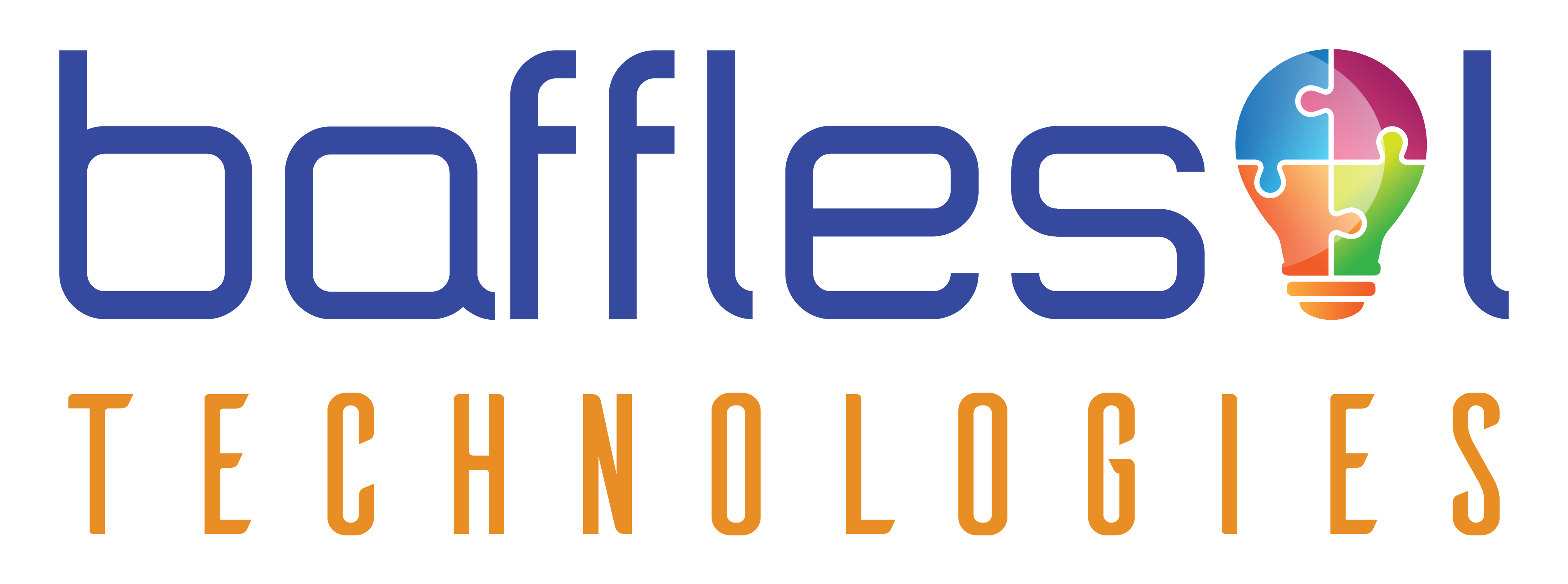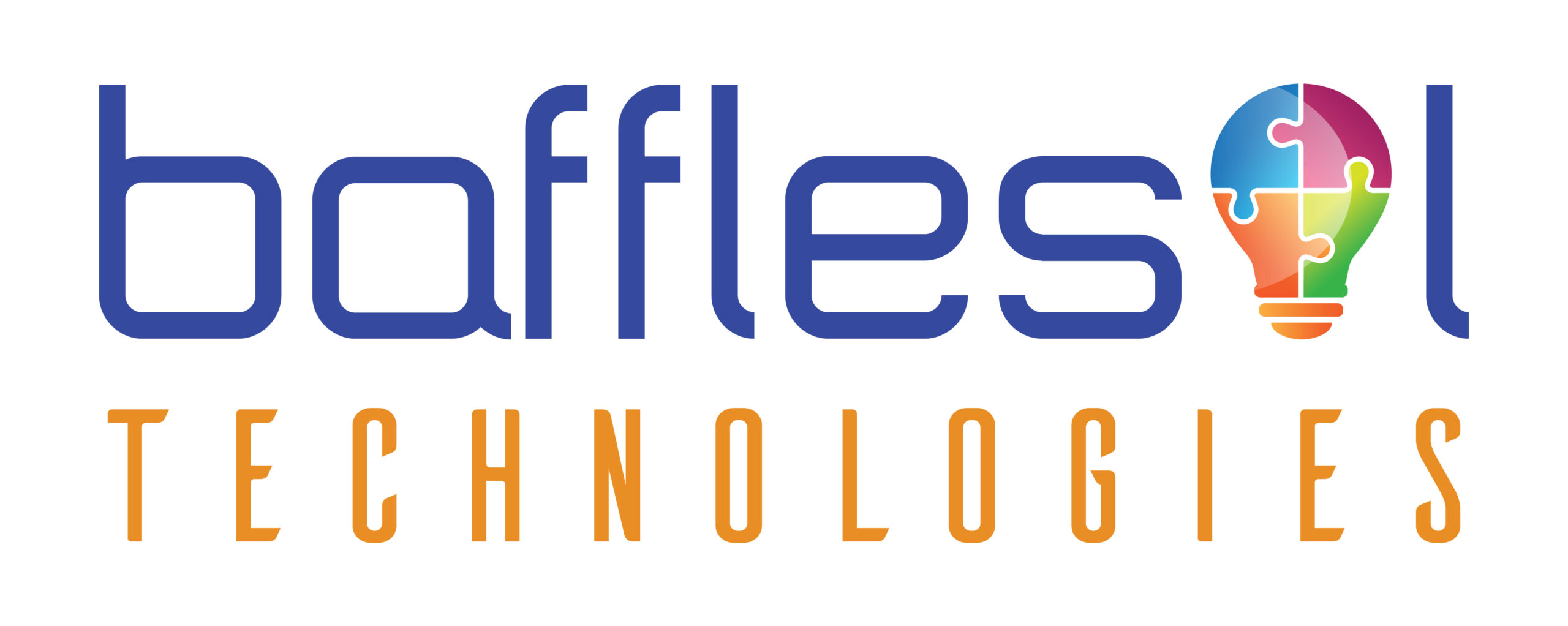The coronavirus (COVID-19) outbreak has caused extensive concern and economic & delivery catastrophe for consumers, businesses and communities across the globe, covering areas like supply chain, workforce, tax and trade, and financial reporting.
Companies have been forced to enforce plans around business continuity, deliver things faster and streamline decisions and processes. This has manifested the importance of technology for maintaining productivity and collaboration across a remote workforce. The “typical day” at work has now changed to a more fluid model, which is more productive, collaborative and at the same time helping deliver the right solution at the right time. Leaders are working to redefine productivity, efficiency, effectiveness and employee engagement.
Hence, the new definition of the agile way of working is where people with maximum flexibility and minimum constraints choose where, when, and how to optimize their performance and output. Gone are the days of experimenting; hence consider these three areas to work on –
People & Technology –
- Shift patterns to be considered for employees that need dependent and childcare support
- Skills & tools needed by people to work remotely
- How is technology facilitating company data and information security?
Processes –
- How can new practices and policies enable work-life balance?
- Processes to review the new policy and process adoption
- Anonymous Employee Feedback mechanism
With the above guidelines, organizational leaders need to rethink encouraging collaboration between people at all levels and working towards common organizational goals.
Leading and inspiring employees with compassion is the need of the hour for leadership. This requires transparency and decisiveness for embracing the challenge and managing the transition.
Here are a few things that can help clients endure COVID-19’s impact on the way of working and delivering –
- Volatility + Uncertainty + Complexity + Ambiguity = Anxiety in Humans — With so much information flowing around on WhatsApp, Twitter and newsfeeds that affect the mental health and sense of wellbeing of any average person. Leaders need to interact transparently and frequently, helping them understand the steps taken to ensure business continuity keeping employee welfare in mind. Teams can draw upon “daily stand-up call” to engage and drive a pragmatic goal-oriented approach — leaders need to ensure proper alignment between virtual teams to help them focus on the right things. One should also not neglect cascading effect of personal connection through a text or an email in creating team bonding. This accelerated and effective internal communication becomes a key parameter for impactful and successful client deliveries and victory.
- Simple Documentation — Good and crisp documentation is significant for remote teams, helping them be on the same page. All organization-wide SOPs should be documented and made accessible to everyone in both written and audio formats. While drafting new SOPs, take anonymous feedbacks from teams and make changes that address their core problems. For projects and knowledge base — use a collaborative platform for the whole team to work better and together. Follow Simon Sinek’sSinek’s golden circle for quick and easy documentation and focus on addressing Why What and How. Start with Why, which talks about why the requirement is being developed and how it will help businesses achieve success.
- Customer Collaboration — Communicate frequently and keep your customers warm, but make sure you don’t bombard them with irrelevant information. Create a collaboration space where they have complete visibility of the project, and in case of delays, please feel free to call them out well in advance. Do quarterly alignment of customer goals and roadmap with customers and ensure your internal teams align with it. To improve their response, you can consider shortening planning cycles from 3 months to having Periodic Reviews every two months or every 45 days.
- Speed up and delegate decision making — One fundamental notion behind decentralization is to give decision-making authority to those who know best. Larger the organizational structure, the idea of decentralizing some decision-making away from the central unit becomes critical, with the reduction in response time and drop in dependency. Less critical decisions should be decentralized, so top leaders focus on more important decisions. This means tolerating mistakes that don’t put the business at risk. The principle is simple: organizations that want to move faster must motivate their employees to act and generate a sense of ownership and responsibility.
- Respond to Change over following a plan — The current situation requires relentless daily prioritization and a commitment to continuous delivery. The impact of the cost of a delayed decision is very high. In this evolving environment, the business challenges mutate themselves: hence planning needs to evolve continuously to address these changes. “Digital twin” approach simulating the impact on the business to discover the appropriate response is what leaders need to follow to be on top of things.
Agile or any flavour of agile can help organizations succeed. In the new normal, it is especially credible because the world is no longer based on individual contributors; it embraces teams. Leaders make an effort to acknowledge employees’ and ensure that any risks to bring in new Change are worthwhile. Provide them opportunities to share successes and failures. A calm response and agile mindset enable us to be our best in the face of unpredictable times.



